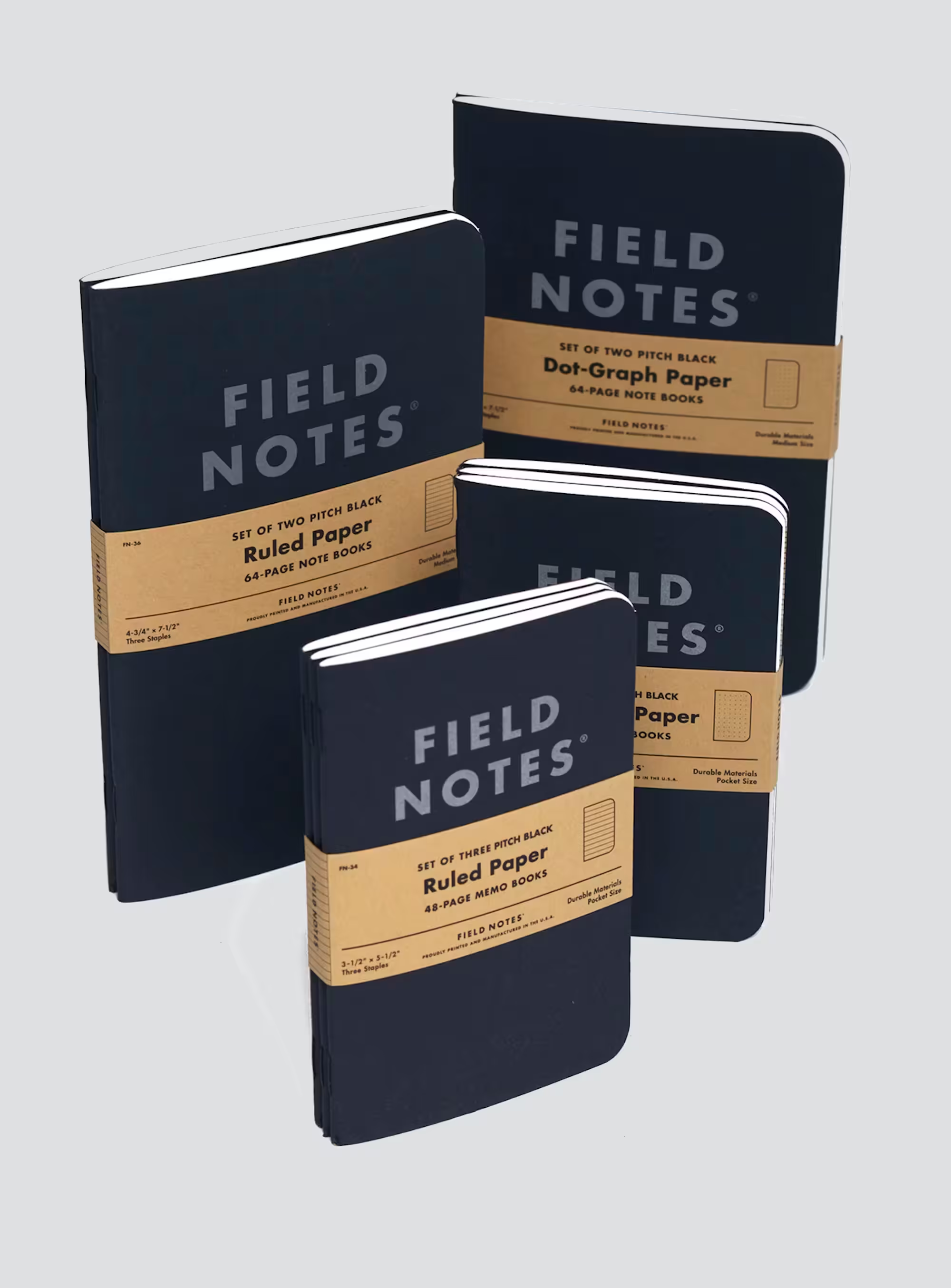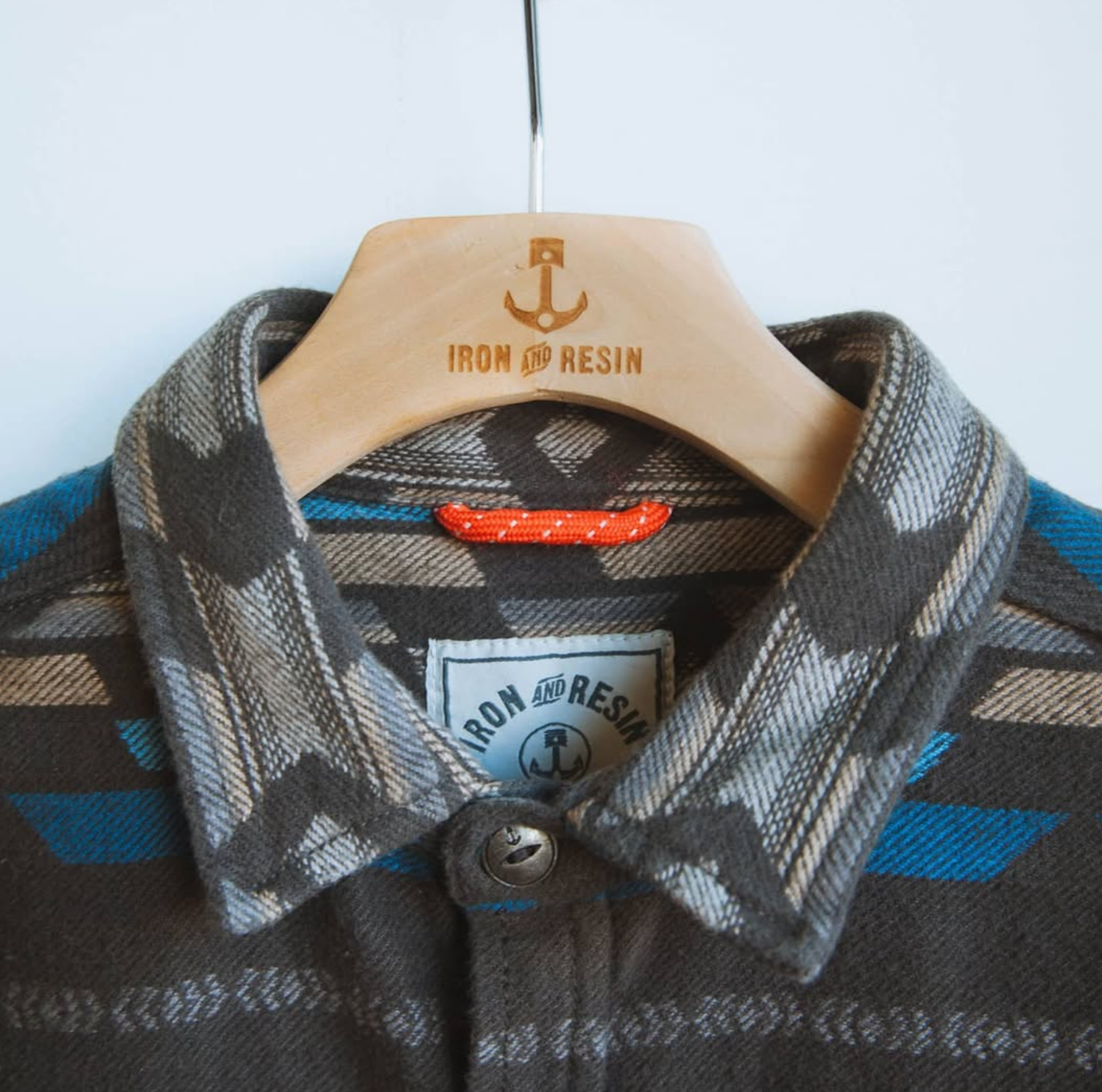Herringbone
Herringbone is a distinctive V-shaped weave pattern often found in twill fabrics, named after the bones of a herring fish. While it carries an air of refinement, herringbone has deep roots in workwear and military uniforms — making it one of the most understated yet rugged textiles in classic menswear.
Characteristics
The herringbone pattern alternates diagonal lines in a broken zigzag, creating both texture and visual interest. While it’s typically woven from wool or cotton, it can also appear in linen and heavyweight blends. The weave offers durability and a subtle stretch, which makes it practical as well as stylish. Its structure resists wrinkles and wears in slowly but with great character.
Historical Use
Used by Roman engineers in road construction and by Scottish weavers in wool tweed centuries later, herringbone evolved into a staple of military uniforms — particularly in WWII-era fatigue jackets and work trousers. It offered toughness, camouflage, and comfort in equal measure.
Connection to Rugged Style
Herringbone hits the sweet spot between heritage and grit. It’s the kind of fabric that looks at home both in a hunting cabin and under a sport coat. For the rugged dresser, it represents subtle texture, history, and quiet strength — never flashy, but always reliable.
In the Field
Today, herringbone shows up in hard-wearing overshirts, field coats, and heritage-inspired trousers. A heavyweight cotton herringbone chore coat or fatigue pant is a nod to mid-century workwear and wartime utility. It pairs seamlessly with raw denim, boots, and wool layers — the essentials of any rugged wardrobe. Brands like Engineered Garments, Orslow, and Real McCoy’s bring it back with reverence.





